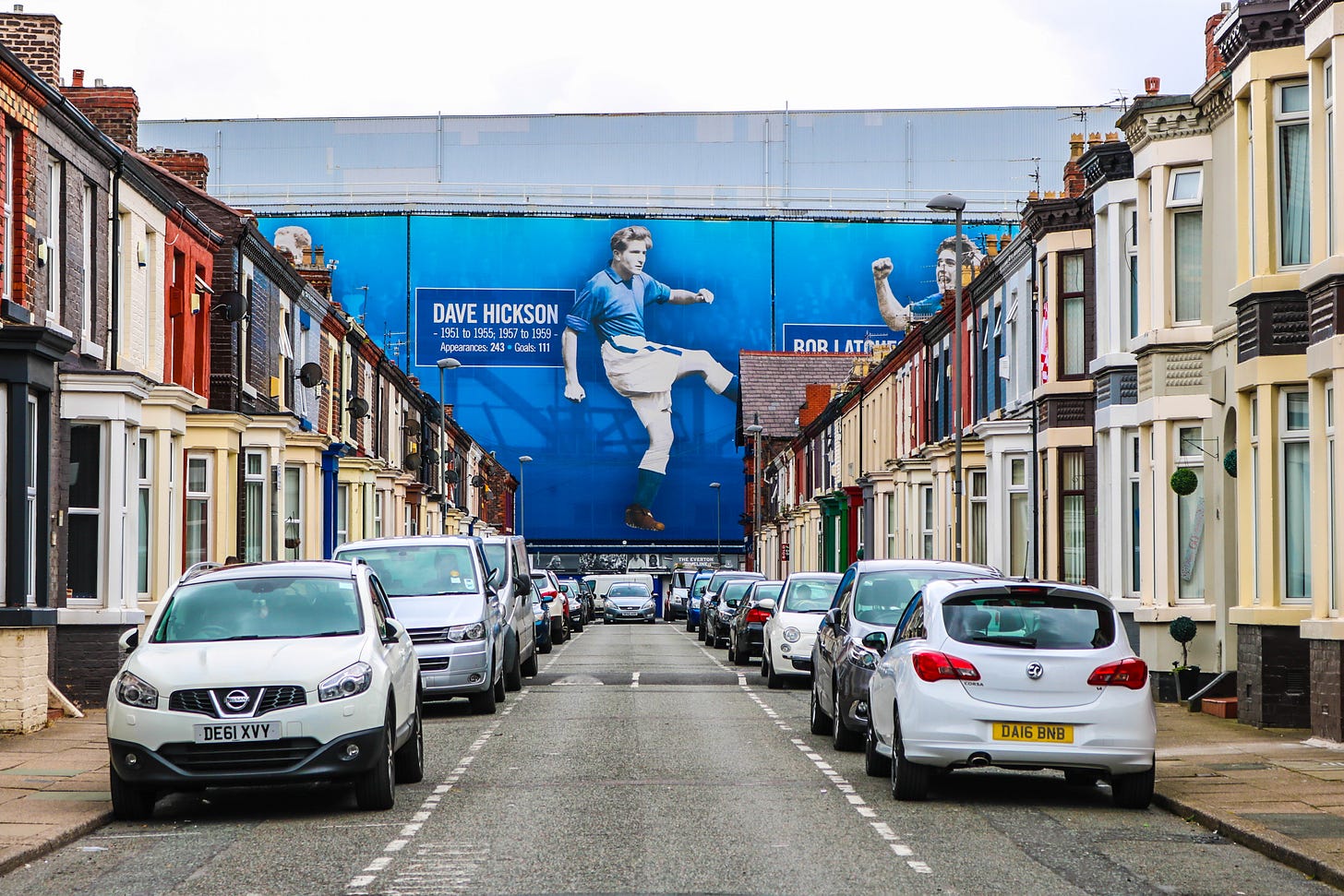The next 'defunct' stadium, Newcastle United expansion
Newcastle United's final league game against Everton at an antiquated and cramped Goodison Park comes amid a debate on Tyneside about St James' Park expansion.
There’s a list of “defunct” English football stadiums on Wikipedia.
Tottenham Hotspur, West Ham United, Arsenal and Manchester City are among the Premier League clubs whose old grounds are on the lengthy page.
And the list will have a new addition at the end of the season, when …
Keep reading with a 7-day free trial
Subscribe to Miles Starforth's Newcastle Notes to keep reading this post and get 7 days of free access to the full post archives.


